- No products in the cart.
Osterepar tab 70mg 4 pcs
$9.88
Osterepar tab 70mg 4 pcs
SKU: 939012695 Categories: Joints and muscles, Medicaments, Osteoporosis, rickets Tags: alendronic acid, QUINACRINE, tablets
Description
Composition
Active substance:
1 tablet contains: Sodium alendronate trihydrate – 91.36 mg (corresponding to 70 mg of alendronic acid) ;.
Excipients:
1 tablet contains: lactose monohydrate – 128.64 mg Microcrystalline Cellulose – 65.00 mg Croscarmellose sodium – 15.00 mg magnesium stearate – 3.00 mg silica colloidal anhydrous – 2.00 mg.
Description:
Tablets of white color, oblong, biconcave.
Product form:
Tablets of 70 mg.
4 tablets in the blister of Al / PVC foil. 1 blister together with instructions for use placed in a cardboard box.
Contraindications
• hypersensitivity to the drug; • abnormalities of the esophagus and other factors complicating esophageal patency (achalasia, stricture, etc.); • inability of the patient to remain in an upright position, even sitting down for 30 minutes; • hypocalcemia; • chronic renal failure (creatinine clearance (CC)
Carefully
Diseases of the digestive tract in the acute phase (dysphagia, esophageal diseases, gastritis, duodenitis, ulcers, a serious disease of the gastrointestinal tract in the preceding 12 months, such as peptic ulcers, gastrointestinal bleeding, surgical intervention, with the exception of operations on spastic pylorus) .
Dosage
70 mg
Indications
• Treatment of osteoporosis in postmenopausal women for the prevention of fractures, including hip fractures and compression fractures of the spine; • Treatment of osteoporosis in men to prevent fractures.
Interaction with other drugs
Calcium, antacids, some oral medications, food, beverages, including mineral water absorbability affect alendronate; drugs can be taken orally not earlier than 1 hour after administration of alendronate.
Ranitidine increases the bioavailability (the clinical significance is unknown). When the joint application Osterepar® drug and hormone replacement therapy (estrogen ± progestin) the safety and tolerability of combination therapy in the application correspond to those of each of the drugs individually. In clinical studies, the drug Osterepar® in men, postmenopausal women and in patients taking steroids, there was no clinically significant drug interactions in relation to effects on protein binding, renal excretion and metabolism. The incidence of adverse effects from the upper section of the gastrointestinal tract (GIT) is increased when combined preparation Osterepar® in a dose of 10 mg / day with preparations containing acetylsalicylic acid. However, this effect was not observed when receiving Osterepar® drug in a dose of 70 mg 1 time per week.
The drug may be assigned Osterepar® with caution (due to the risk of gastrointestinal bleeding) patients who take non-steroidal anti-inflammatory drugs, but according to the results of the clinical study found no clinically significant drug interaction and increasing the frequency of side effects with combined use of drugs.
Overdose
Symptoms: abdominal pain, diarrhea disorders, dysphagia, heartburn, esophagitis, gastritis; may develop hypocalcemia and hypophosphatemia.
Treatment: symptomatic. Shows the use of milk and antacids to bind alendronate. Due to the risk of injury of the esophagus should not induce vomiting, the patient must be in an upright position.
pharmachologic effect
Pharmacological group:
Bone resorption inhibitor – bisphosphonate.
Pharmacodynamics:
An inhibitor of bone resorption. It refers to the group bisfosofonatov which is localized in areas of active bone resorption by osteoclasts, inhibiting the process of bone resorption caused by osteoclasts without exerting a direct effect on the formation of new bone. As bone resorption and new bone appearance interconnected, bone formation is also reduced, but to a lesser extent than resorption, which leads to a progressive increase in bone mass. During treatment with alendronate is formed by normal bone tissue, which is embedded in the matrix, alendronate, remaining lights.
Pharmacokinetics:
Suction
After oral administration at doses of 5-70 mg fasting not later than 2 hours before a standard breakfast, the bioavailability of alendronate is 0.64% for women and 0.6% – in men.
Upon receiving alendronate on an empty stomach for 1-1.5 hours before a standardized breakfast reduced bioavailability by approximately 40%.
Patients with osteoporosis drug Osterepar® fasting effective when applied not later than 30 minutes before the first ingestion of food or liquid.
The bioavailability of alendronate negligible when administered concurrently with the meal or within 2 hours after the meal. Simultaneous treatment with coffee or orange juice reduced bioavailability by approximately 60%.
When receiving prednisolone at a dose of 20 mg 3 times / day for 5 days is no clinically significant change in the bioavailability of alendronate.
Distribution
Alendronate mean volume of distribution at steady state (except for the bone tissue) is at least 28 liters. When administered at therapeutic doses in a blood plasma concentration of the drug is low (less than 5 ng / ml). alendronate Plasma protein binding is approximately 78%.
Metabolism
There is no evidence that alendronate is metabolized in the human or animal.
breeding
After a single intravenous (i / v) administration of alendronate labeled carbon atoms [14C], approximately 50% of the drug excreted in the urine within 72 hours; excretion of the drug labeled with the feces was low or was not determined.
After a single on / in the Alendronate 10 mg its renal clearance of 71 ml / min. After 6 hours after / in conducting plasma concentration is reduced more than 95%. The final T1 / 2 is greater than 10 years, reflecting the release of drug from bone. Alendronate does not violate the excretion of drugs through acidic and basic transport system of the kidneys.
Floor. The bioavailability of alendronate is not significantly different in men and women.
Elderly age. The bioavailability and elimination of alendronate are similar in elderly and younger patients.
Race. Pharmacokinetic differences due to race have not been studied.
Abnormal liver function. Patients with impaired hepatic function it is not necessary to correct the dose of alendronate, since it is not metabolized and excreted in the bile.
Pregnancy and breast-feeding
Pregnancy: there is no data on the use of alendronate in pregnant women. In animal studies it revealed a violation bone formation fetal tissue with high doses of alendronic acid, dysfunction of labor associated with hypokalemia. The use of alendronate during pregnancy is contraindicated.
Lactation: Data on the penetration of breast milk is not; receiving alendronate during lactation is contraindicated.
Conditions of supply of pharmacies
On prescription.
side effects
In clinical practice it reported the following adverse effects, which are classified according to their rate of development (WHO classification): very common (> 1/10), common (> / 100
special instructions
Osterepar® drug, like other bisphosphonates, may cause local irritation of the mucosa of the upper gastrointestinal tract. Patients receiving treatment with Osterepar®, marked side reactions such as esophagitis, esophageal ulcer, esophageal erosion, sometimes leading to the occurrence of esophageal strictures or perforations. In some cases, these adverse events may be severe and require hospitalization, so be particularly careful to monitor any symptoms suggestive of possible violations of the esophagus. Patients should be warned about the need to stop taking the drug Osterepar® and seek medical advice in case of dysphagia, pain when swallowing or chest, new or worsening heartburn.
The risk of severe adverse events from the esophagus is higher in patients who violate the guidelines for receiving the drug and / or continue to take it at the appearance of symptoms of irritation of the esophagus. It is particularly important that the patient had a recommendation for receiving the drug, understood them and was informed that the risk of developing esophageal increases in case of failure of these recommendations.
Known rare cases the appearance of gastric ulcers and duodenal ulcers, sometimes severe and complicated (causal relationship with the administration of the drug has not been established).
Osterepar® The drug should be used with caution in patients with exacerbations of upper gastrointestinal diseases, such as dysphagia, oesophageal disease, gastritis, duodenitis and ulcers because of possible irritant effect of the drug on the mucosa of the upper gastrointestinal tract and the worsening of the underlying disease.
The decision to treat should be taken for each patient individually after careful assessment of risk / benefit ratio, especially for patients with Barrett’s esophagus.
Known cases of local appearance jaw osteonecrosis associated mainly with the previous extraction of the tooth and / or local infection (including osteomyelitis), often with slow recovery.
In most cases, osteonecrosis of the jaw in patients receiving bisphosphonates occurs in cancer patients treated with bisphosphonates in /. Known osteonecrosis jaw risk factors include oncological disease, concomitant therapy (e.g., chemotherapy, radiotherapy, corticosteroids), poor oral hygiene and associated pathology (e.g., periodontal diseases and / or other dental diseases, anemia, coagulopathy, infection), and smoking. Patients who develop osteonecrosis of the jaw, should be given specialized medical care maxillofacial surgeon, and the abolition of bisphosphonate therapy should be considered on the basis of an individual assessment of risk / benefit ratio. Dental surgery can lead to deterioration.
Clinical management of each patient, which requires invasive dental intervention (e.g., tooth extraction, implantation), including bisphosphonate therapy should be based on clinical judgment of the attending physician and / or maxillo-facial surgery and evaluating individual risk / benefit ratio.
It reported the occurrence of pain in the bones, joints and / or muscles in patients receiving bisphosphonates. These symptoms rarely are severe and / or lead to disability. Time to onset of symptoms varied from one day to several months after initiation of therapy. In most patients after discontinuation symptoms recede, but some patients appear again after the resumption of receiving the same drug or another bisphosphonate.
Reported the occurrence of abnormal (ie, under the influence of low force or spontaneous) subtrochanteric fractures or fractures of the proximal femoral shaft have a small number of patients taking bisphosphonates. Some of the fractures were classified as stress (also known as a load fracture march fracture, fracture Doychlendera) occurring in the absence of trauma. Some patients for weeks or months before the full fracture experienced prodromal pain in the affected area, often associated with a characteristic X-ray picture of a stress fracture. The number of messages is very small, moreover, stress fractures with similar clinical features occur in patients not taking bisphosphonates. Patients with stress fractures should be evaluated with the evaluation of known causes, and risk factors (e.g., vitamin D, malabsorption, corticosteroids, stress fracture history, arthritis or fracture of the lower limb, excessive or increased loads, diabetes, alcoholism) and provide them with adequate orthopedic aid. Approximately one-third of stress fractures are bilateral; respectively, in patients who underwent femoral shaft fracture, it should be examined contralateral hip. Pending the results of the survey should consider the suspension of bisphosphonates in patients with stress fractures, based on an assessment of the benefit / risk in each case.
Patients should be warned that if you accidentally missed doses Osterepar® 1 times a week, they should take one tablet in the morning the next day. Do not take two doses in one day, but in the future it is necessary to go back to using the drug 1 time per week on the day of the week, which was selected at the beginning of treatment.
It is necessary to take into account other causes of osteoporosis, in addition to estrogen deficiency, age, and treatment with glucocorticoids.
In the presence of hypocalcemia in blood calcium level must be normalized prior to treatment with Osterepar®. Other disorders of mineral metabolism (for example, deficiency of vitamin D) must also be eliminated. Patients with these disorders is necessary to control blood calcium and symptoms of hypocalcemia.
Since Osterepar® drug increases mineral content in bones, can be observed asymptomatic slight reduction of calcium and phosphate in the serum, especially for bone Paget’s disease, with the initially significantly increased rate of bone metabolism, and in patients receiving glucocorticoids is accompanied by possible decrease in calcium absorption. It is particularly important to ensure adequate intake of calcium in the body and the vitamin D in these patients.
In rare cases, severe hypocalcemia can be commonly in patients with predisposition to this complication (hypoparathyroidism, vitamin D, calcium malabsorption).
The preparation contains lactose. Patients with lactase deficiency, galactose intolerance, malabsorption glyukozogalaktoznoy must refrain from using the drug.
Effects on ability to drive vehicles and doing other activities that require high concentration and speed of psychomotor reactions
Data on the effect of the drug on the ability to drive and no other mechanisms.
However, some of the side effects observed after taking alendronate, some patients may impair the ability to drive vehicles and maintenance mechanisms.
Storage conditions
In a dry place, protected from light, at the.
Dosing and Administration
The inside is not liquid, squeezed drinking water for at least 30 minutes before the first meal, liquid or medication. Other drinks (including mineral water), food and certain drugs may decrease the absorption of the drug Osterepar®.
should be taken, following these rules to reduce the risk of esophageal irritation drug Osterepar®: take the morning immediately after getting up from the bed; with a full glass of water to facilitate receipt of tablets to the stomach; not chew tablets or dissolve them in the mouth due to the possible formation of ulcers in the oral cavity and pharynx; patients should not go before the first meal, which should be done at least 30 minutes after receiving the drug Osterepar®; Osterepar® drug should not be taken at bedtime or before getting up from the bed.
Patients should take extra calcium and vitamin D, if the delivery of these substances from food is not sufficient.
Treatment of osteoporosis in postmenopausal women: the recommended dose – 1 tablet of 70 mg 1 time per week.
Treatment of osteoporosis in men: The recommended dose of – 1 70 mg tablet 1 per week.
The optimal duration of use of the drug has not been established. The need for continued bisphosphonate therapy should be evaluated on a regular basis, particularly after 5 or more years of use.
For elderly patients and patients with mild and moderate renal severity insufficiency (CC from 35 to 60 ml / min) a dose adjustment is required. Osterepar® drug is not recommended for patients with severe renal insufficiency (creatinine clearance
Children’s age: because of the lack of clinical data for children not prescribe medication.
Information
Appearance may differ from that depicted in the picture. There are contraindications. You need to read the manual or consult with a specialist
Additional information
| Weight | 0.100 kg |
|---|---|
| Manufacturer | QUINACRINE |

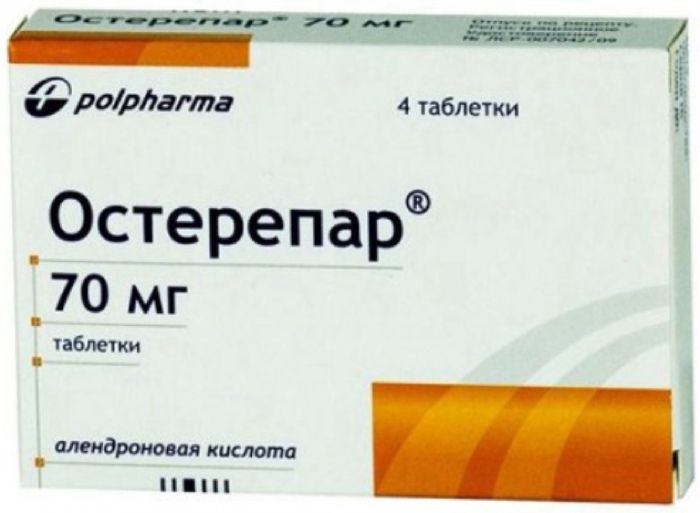
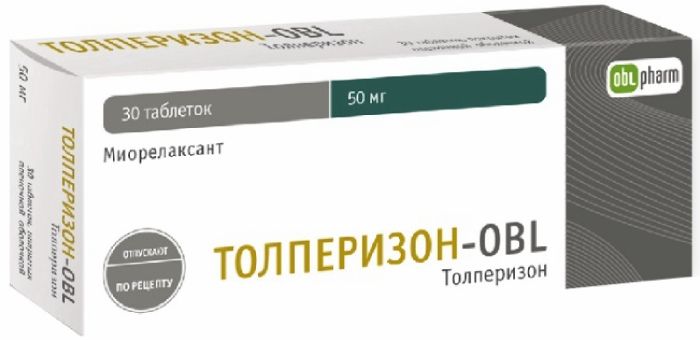
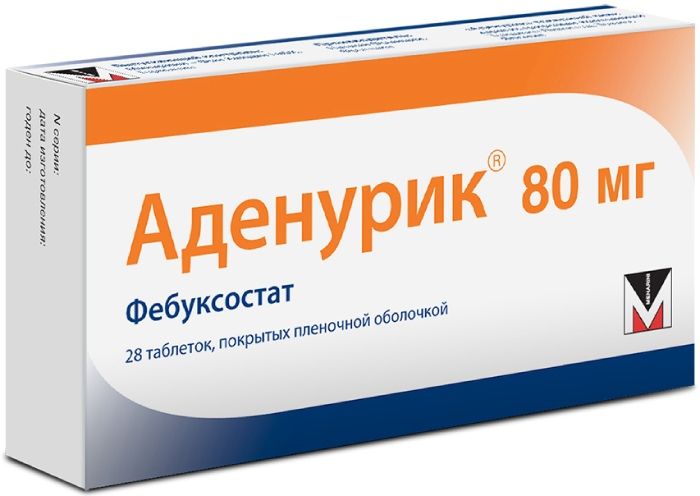
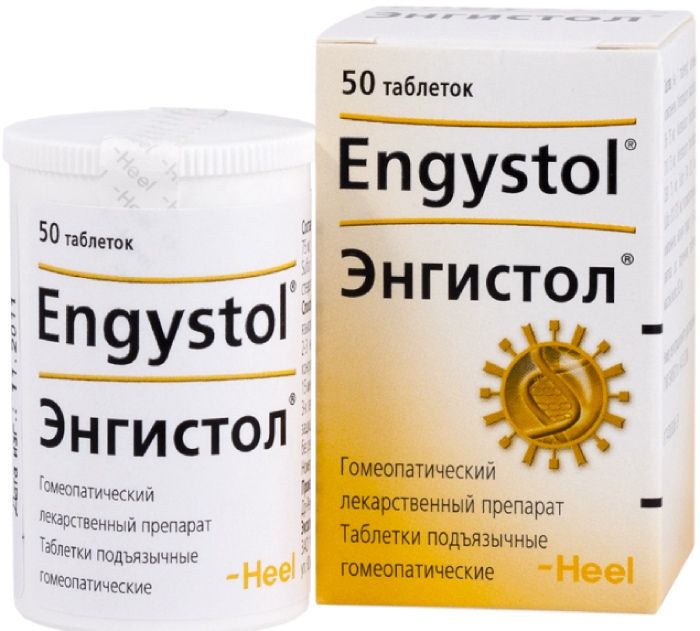
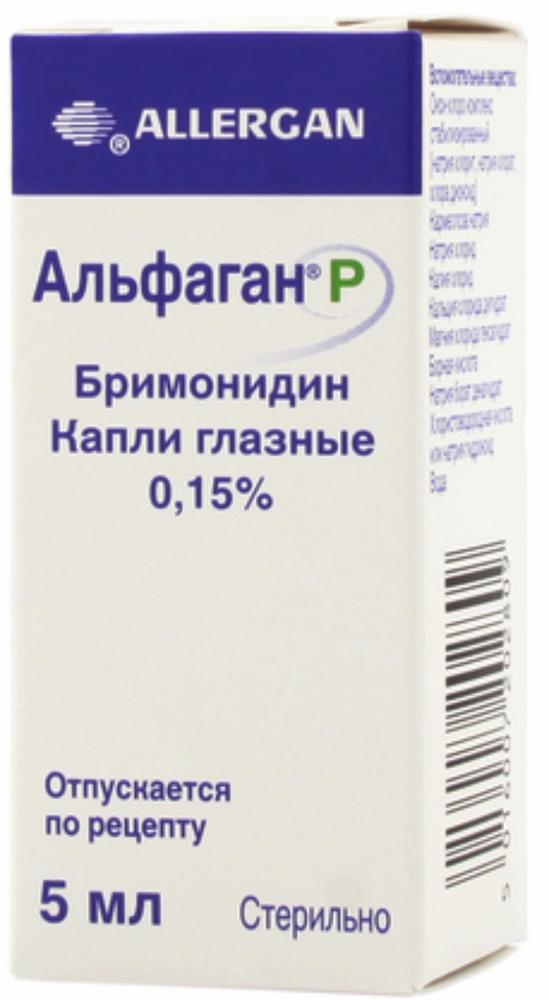
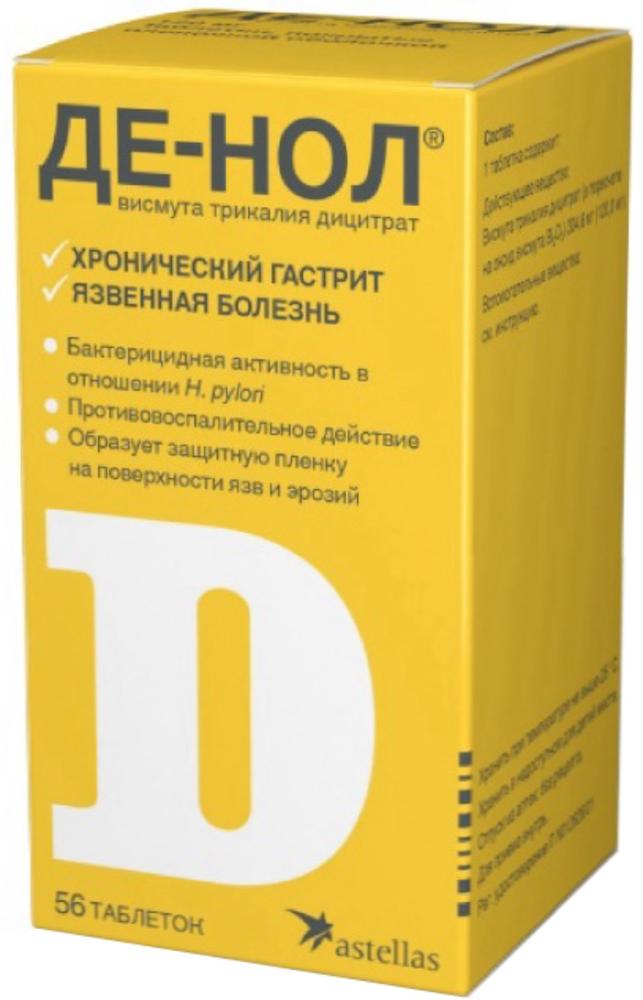
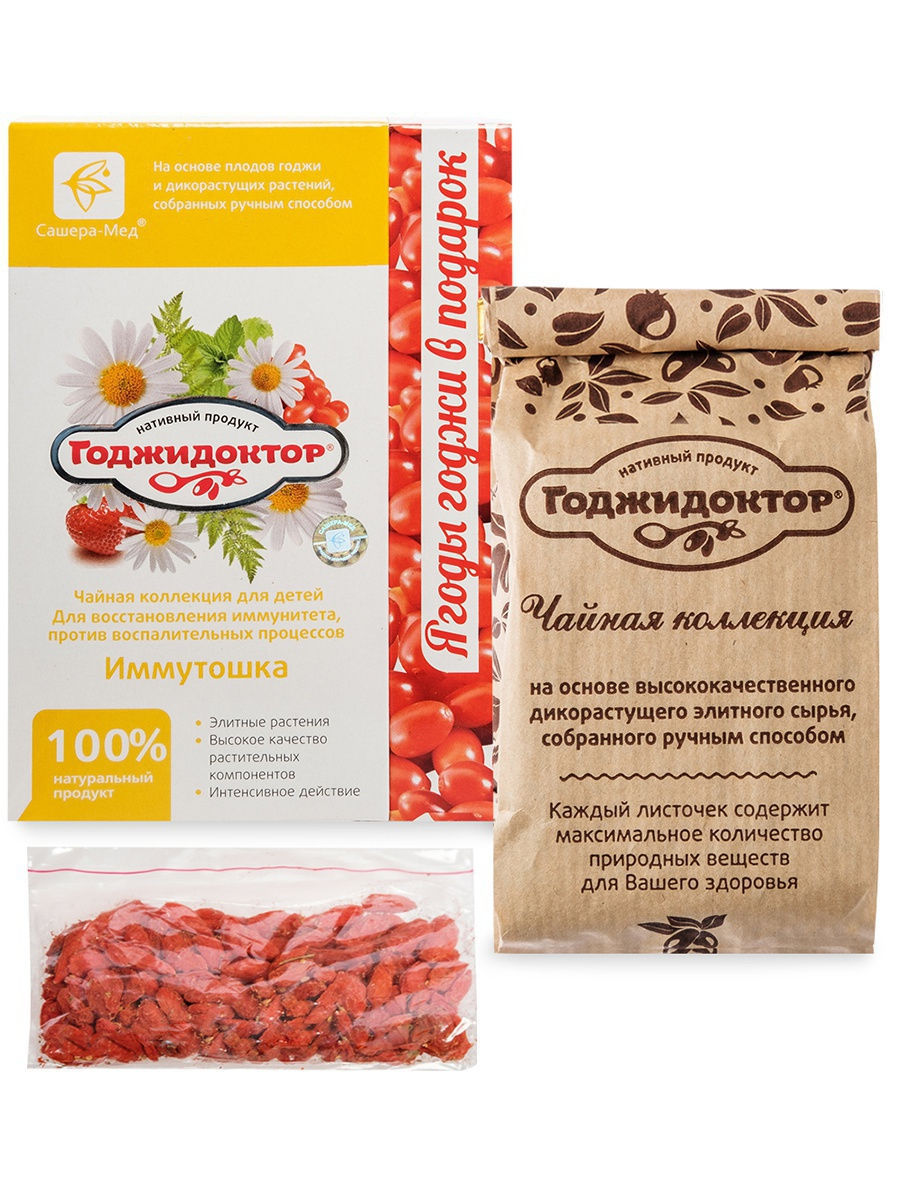
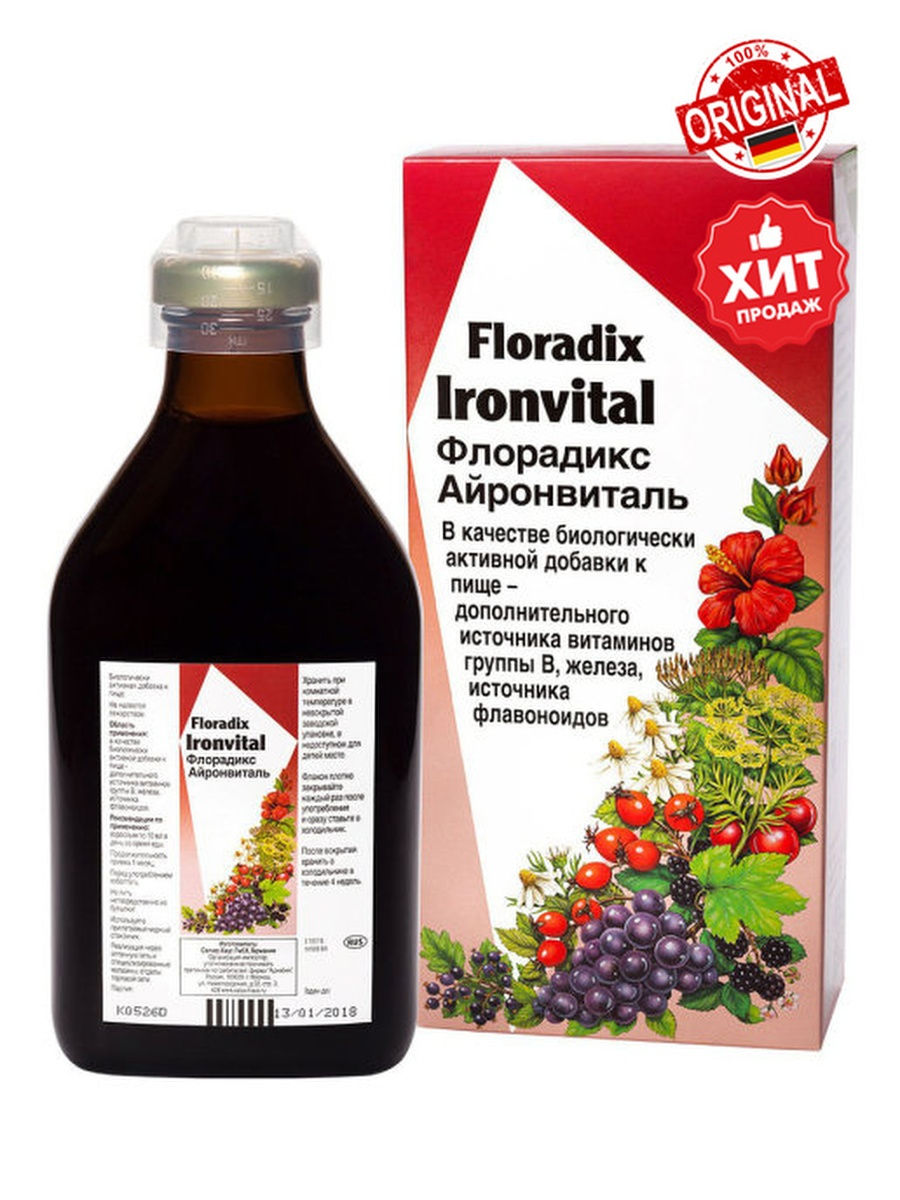
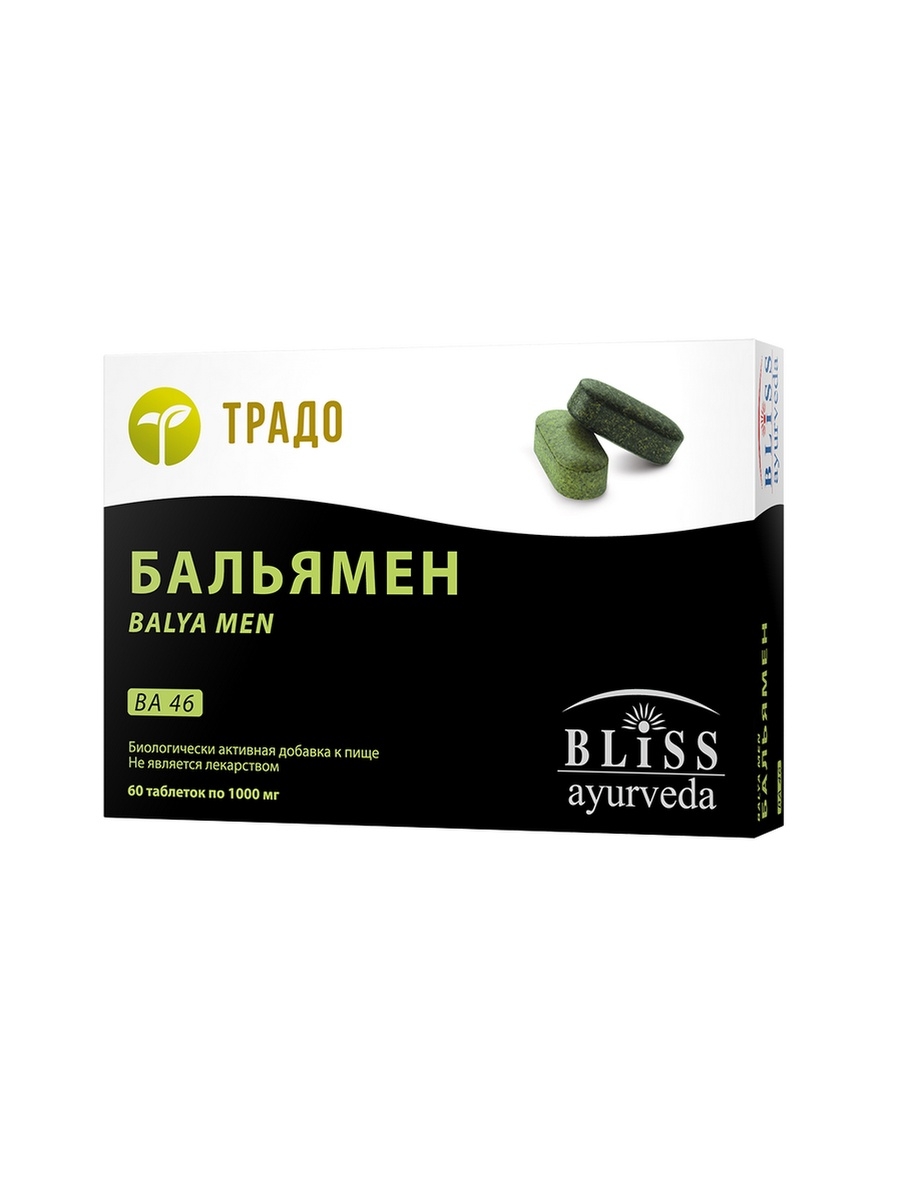




There are no reviews yet.